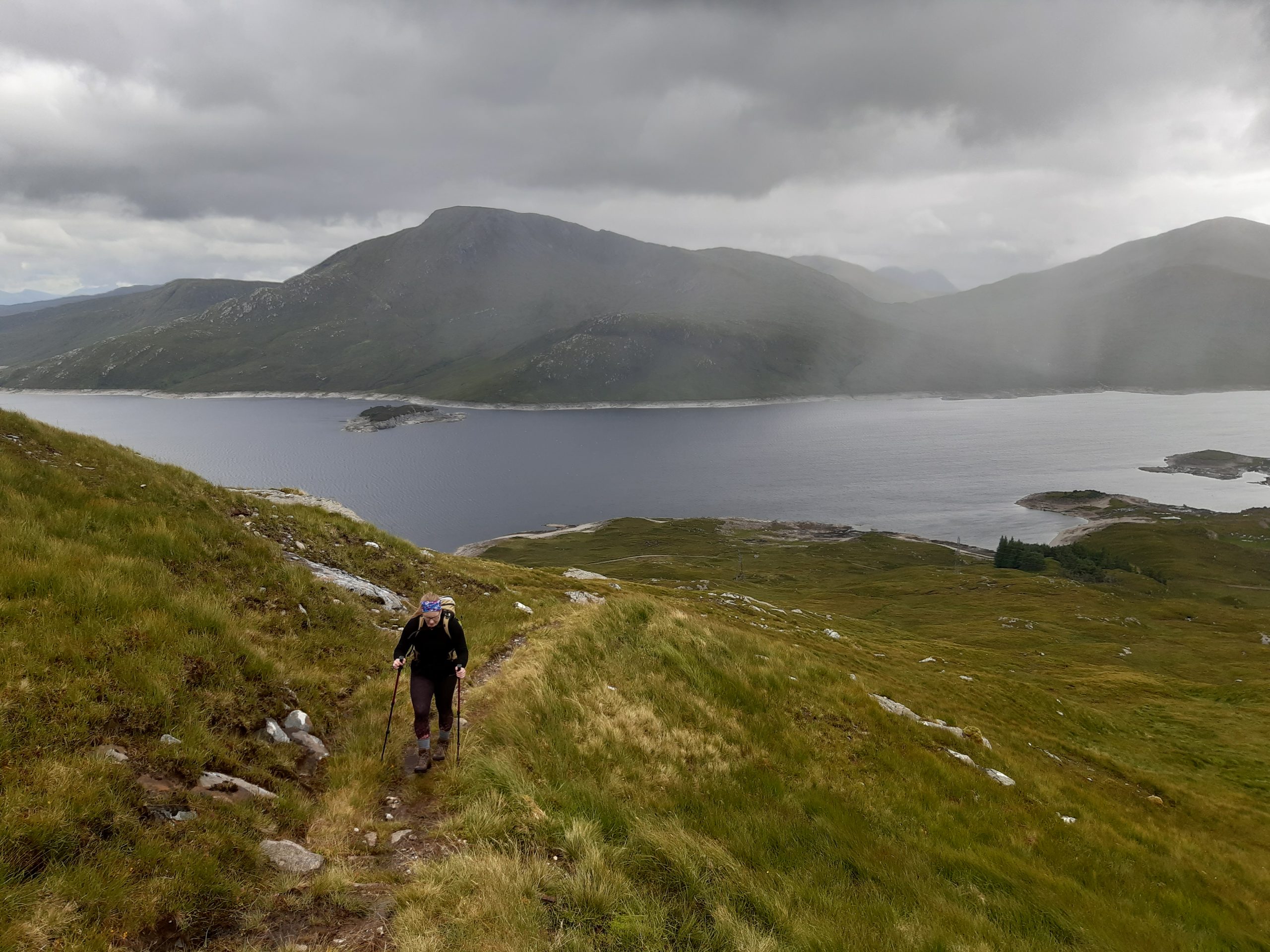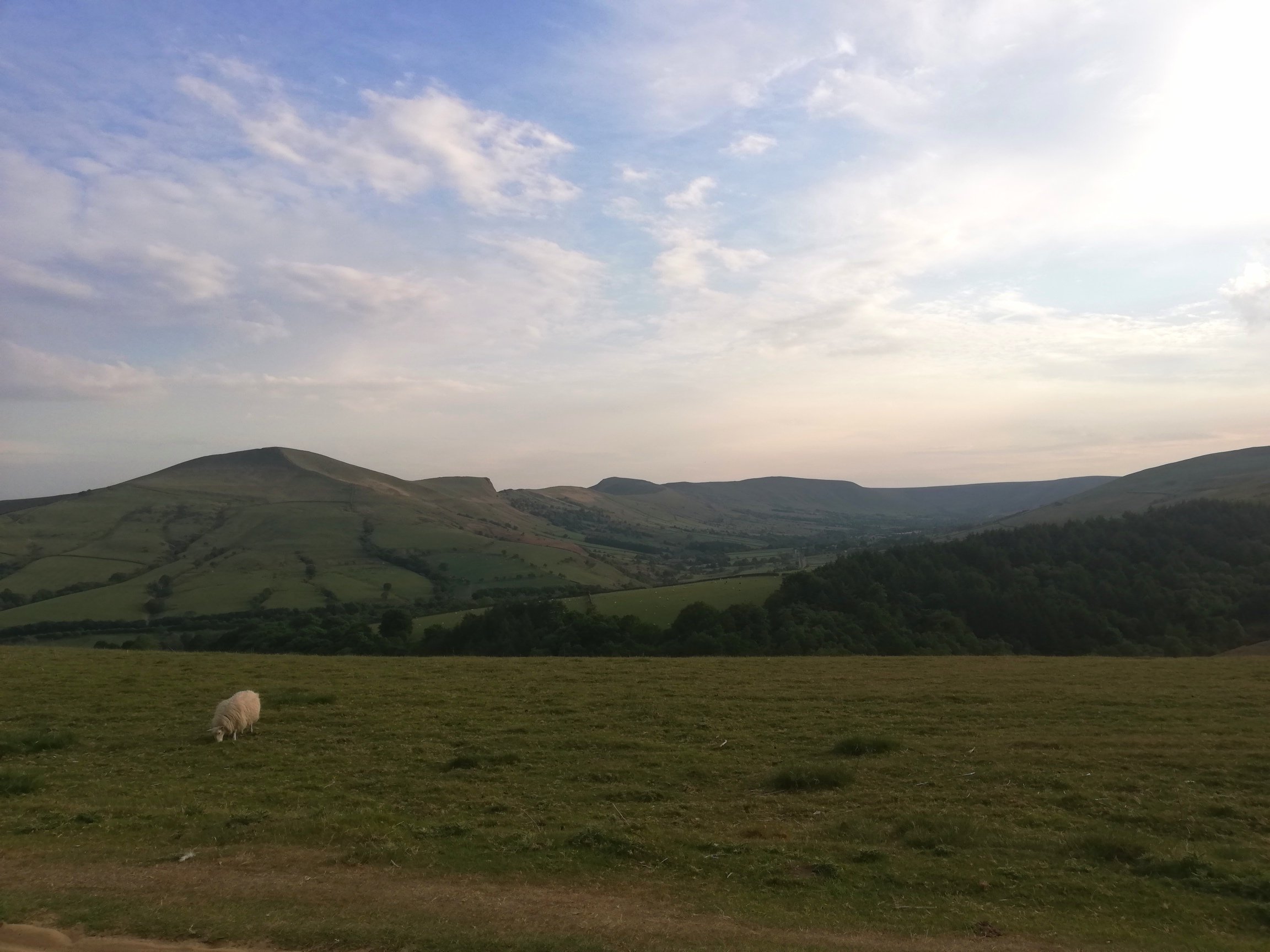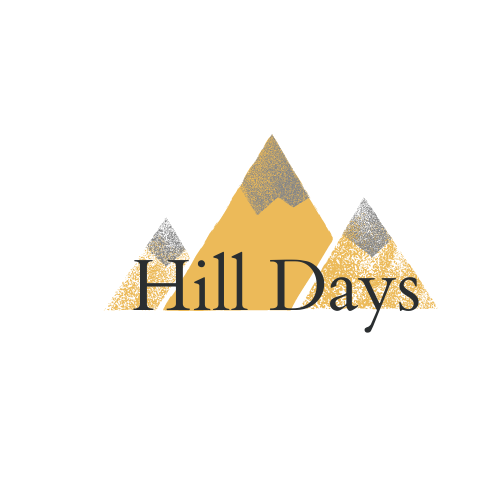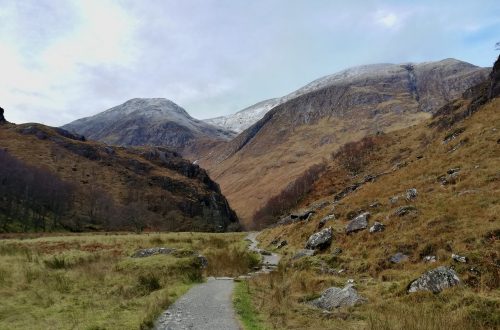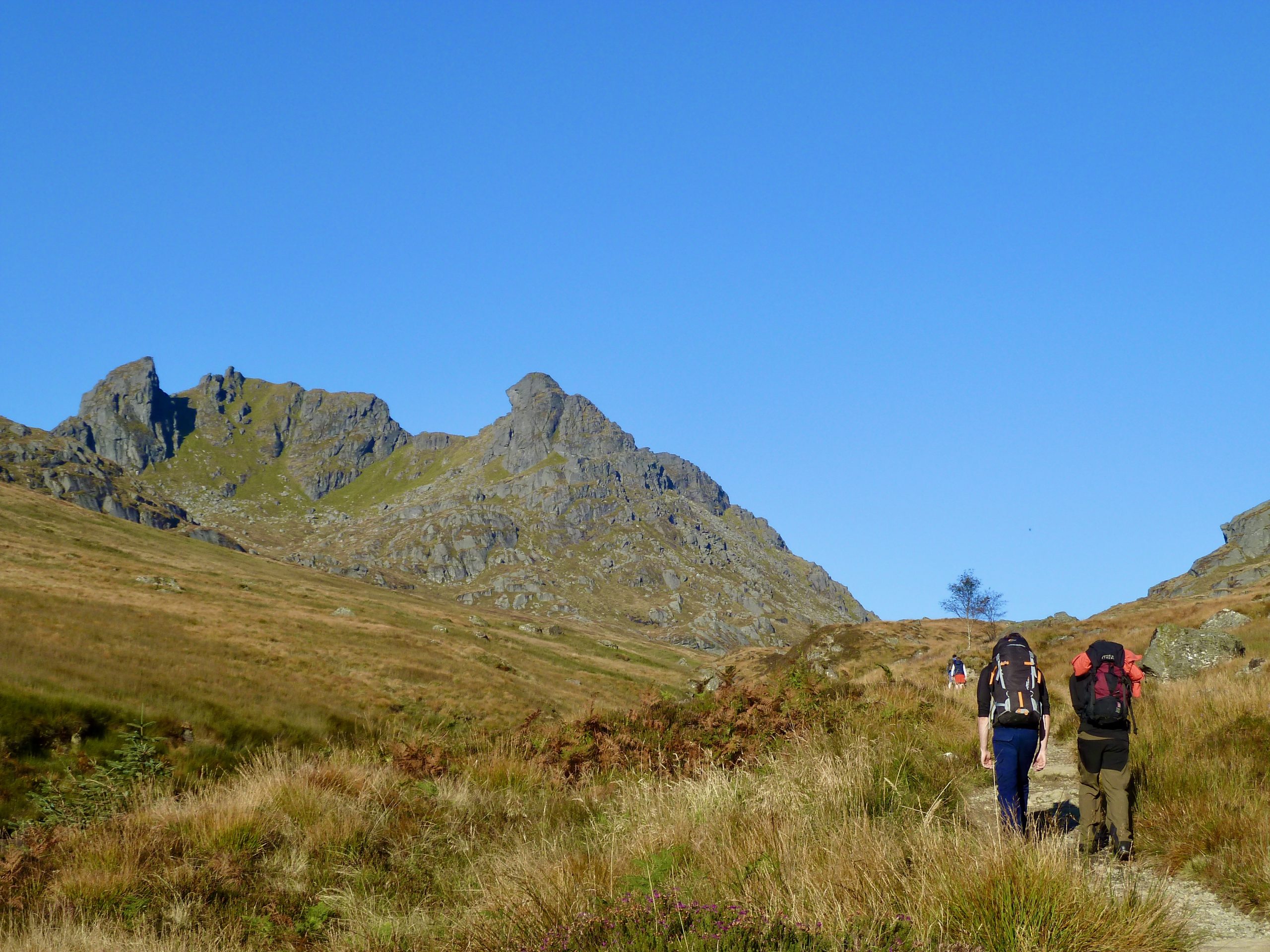
Essential Guide: How to Wild Camp with Success
Wild camping can be a magical experience. There is nothing better than waking up on a mountain and opening your tent door to the crisp morning air. And nothing makes me happier than rising up to make a steaming cup of coffee still wrapped up in the warmth of my sleeping bag. Cold crisp mornings when you can see your breath in the air are the best.
Therefore, it is easy to understand the recent soaring popularity of camping and wild camping. However, frequently things are a little less idyllic and the morning starts with the dull sound of drizzle on your tent. And much too often people wake up cold. They may not have the right equipment, or their gear got damp in the rain on the walk to the camping spot.
But not to worry! There are many ways to prepare for wild camping, which will go a long way in ensuring that your experience will be a good one. This article will discuss how to plan your first, and subsequent, wild camping trips to be a success, from how to choose a spot, to what everyone needs to know about wild camping etiquette. If you enjoy reading this article, keep your eyes out for a post on essential wild camping kit coming out soon!
How to choose a perfect wild camping spot
The internet is full of people posting details about popular camping spots; some of which have (to the despair of the landowners) developed into unofficial campsites. If you found a location online with very little searching, the chances are others have found it too. And you are unlikely to get the spot to yourself – especially during weekends. Therefore, for the authentic wild camping experience of solitude, it is best to do your own research. Here an OS map is your best friend. Read on for a few essentials to consider when choosing a great camping spot.
- The perfect spot will be a flat bit of ground. Ideally with no rocks or tree roots poking into your back as you’re trying to get comfortable for the night. On the map you should look for places where the contour lines are a bit further apart. Closely knit contour lines indicate a slope. I will show you what I mean in a minute.
- The ground itself will ideally be dry; i.e. avoid camping on very boggy ground or in a dip which is likely to flood if it rains. The ground should also preferably be firm enough to securely hold your tent pegs. But not so hard and stony that you can’t get them in despite your best efforts!
- Unless you are prepared to carry in all the water you will need for drinking and cooking with; it is ideal to look for a spot with a water source, like a spring, stream or a small lake, nearby. However, remember to treat water sources with respect! Avoid contaminating them with soaps, detergents, food scraps or human waste. Depending on the area you’re planning on staying in, it might also be a good idea to carry a small water filter or water purification tablets with you. There is nothing worse than waking up to a perilously rumbling stomach in the middle of the night!
- A key aspect of wild camping is stealth. Make sure you are out of sight – camp away from roads, buildings and popular footpaths. Remember to read more about wild camping etiquette below!
- Finally, be flexible! Situations and conditions change. Or maybe you are just not feeling up to your original plan on the day. It is always good to back up your ideal scenario with several other options including nearby campsites and pubs.
Weather
On that note, the weather forecast will likely affect what kind of features your camping spot needs to have. Consider how overnight rain will affect the landscape. Is your spot liable to flooding? Or will rising water levels in streams or rivers make it hard to return the way you came? With a high wind forecast, look for features which offer shelter, such as outcrops or lee sides of higher hills. Avoid open ridgelines or cols, which are likely to funnel the wind. (Unless you are especially confident in your kit and skills.) Equally, if there is a storm or thunder forecast avoid high ground and open areas. Also avoid spots in which you might get hit by rockfall or falling branches. Sometimes it is alright to admit defeat and either choose a comfortable campsite or postpone your trip. The hills will still be there for the next time.
The reality of choosing a camping spot often is that you need to compromise on some aspects. And if you do find the perfect spot, possibly even with a lovely view to wake up to, remember to mark it down on your map as the chances are you’ll want to come back to it in the future!
Is this a good wild camping spot?

This spot on a map appears rather unremarkable on first glance, but let’s have a closer look:
- The contours indicate a flatter area – as compared to the tightly knit contours higher up the slope (on the left)
- The ground is shown to be grassy, not rocky like further up. The spot is high enough on the slope that it is unlikely to flood or gather excess water – there are no streams upslope from it.
- There is a water source nearby – in fact I know that the little round pond is too stale to drink from – but there is a lovely little stream.
- The spot is well away from the nearest footpath (indicated in green), there are no houses or roads nearby.
Map source: bing.com/maps
Therefore, everything indicates that this spot has potential! I have, in fact, camped here recently and know that it is indeed a lovely little spot. It is good to plan a few potential spots beforehand. On the day it is likely that one of these sports will turn out to be suitable!
Plan your journey
An essential part of wild camping is the journey leading to it. Therefore, it is equally important to plan your hike and logistics. Will you arrive by public transport, a bike or a car? If you arrive by car, where can you safely park it overnight. With the pressures many of the wild areas of the UK have seen during this summer, antisocial parking in national parks has been increasingly in the headlines. Therefore, it is very important to park considerately and avoid obstructing gates, sidewalks and passing places. Sometimes local pubs allow parking in their car parks for a small fee. Or with the promise of coming in for a meal before heading home. Some pay and display car parks also offer multi-day options. People have also been known to book a place at a cheap campsite just to park their vehicle there overnight and camp elsewhere.
Be realistic when planning your walk to the camping spot. Are you new to hiking? Have a look at my How to Get into Hiking: a Guide to Hiking for Beginners. If you are unaccustomed to carrying a heavy rucksack, now is not the time to push it with extra mileage or super challenging terrain. Unless you are very familiar with the area, make sure you have the appropriate navigation tools with you. And know how to use them! Ensure you are appropriately kitted out for your chosen location including waterproofs and good sturdy footwear. Don’t underestimate the support good walking boots give your feet and ankles when carrying that backpack. Walking poles can also be indispensable especially on muddy descents and river crossings. For more tips keep an eye out for my Essential Wild Camping Kit post coming out soon!
The holy grail of wild camping is to plan a circular route with a night of camping in the middle. Only you can judge the appropriate distance based on the conditions on the day. Your fitness level and how challenging the terrain will be (including height gain) should also factor into your route choice. As a guideline 15-20km is a good starting distance as a day hike for a generally fit and healthy person. Note that although your pack might be a bit lighter on the second day since you’ve eaten most of your food, your legs might feel the previous day’s efforts. In which case making the second day a bit shorter might be a good idea. If this is your first wild camp, it is also not a bad idea to plan for a possible exit mid-hike. Just in case things are not going to plan.
Wild camping etiquette
This is crucial and information everyone should know. Planning goes a long way when it comes to wild camping. But there is nothing better than going out and trying things out for yourself. Some things will simply work for you and others will not. The key thing to remember when planning your wild camping adventures is to always adhere to the Wild Camping Etiquette:
- Leave No Trace! It is likely that you have already heard about the LNT principle. It is undeniably the most important aspect of wild camping. Essentially LNT means that the only visible remains of your camp should be footprints and a flattened spot of grass. In simple terms this means:
- Carrying away any litter with you
- Not damaging any trees or building any structures (including stone circles!)
- Not having open fires on the ground
- Appropriately managing any human waste by either burying it or carrying it away with you
- Pitch late and leave early! Stealth is a key part of wild camping and ideally no one should know you have been there. Find a camping spot away from buildings, roads and busy footpaths. If you can see a house from your camping spot, the chances are they can also see you. Wait until the evening before you pitch up and take your camp down early in the morning. Wild camping is not the time or place for those glorious late morning lie-ins.
- Be considerate and camp out of sight! Wild camping is not legally allowed in England or Wales (with the exception of Dartmoor) without permission from the landowner. But it has been historically accepted on the higher fells and mountains. Stay in the same spot for only one night and avoid camping in big groups. It is usually best to avoid farmland unless you have permission. Slightly different rules apply in Scotland – but we should be no less conscious about our impact there. Keep an eye out for a future post about Wild Camping in Scotland. Note that the Scottish Outdoor Access Code only allows for wild camping by non-motorised vehicles (by foot, bike, horse etc…). Camping on the roadsides in motorhomes or vans is not allowed by the Code.
- If you are asked to move on, do so! This can usually be avoided by choosing the right camping spot and being mindful of your timings. But very occasionally you may be asked to leave by a ranger, landowner or their representative. In these situations, the best thing to do is always to be polite and comply.
Extra tips: 1. Always pack some blister plasters. There is nothing worse than having to walk miles with blisters steadily growing in your boots. 2. If you are a light sleeper or the weather is going to be especially windy, using earplugs might be the way. 3. It is also a good idea to bring some gaffer tape. Wrap it around a walking pole or a water bottle for those unexpected gear failures. 4. Finally, remember to bring a treat for yourself to enjoy in camp. It could be a pastry or a hip flask – the main thing is that you will enjoy it! My treat of choice is often a hot chocolate sachet to be enjoyed before bed.
See you out there!
